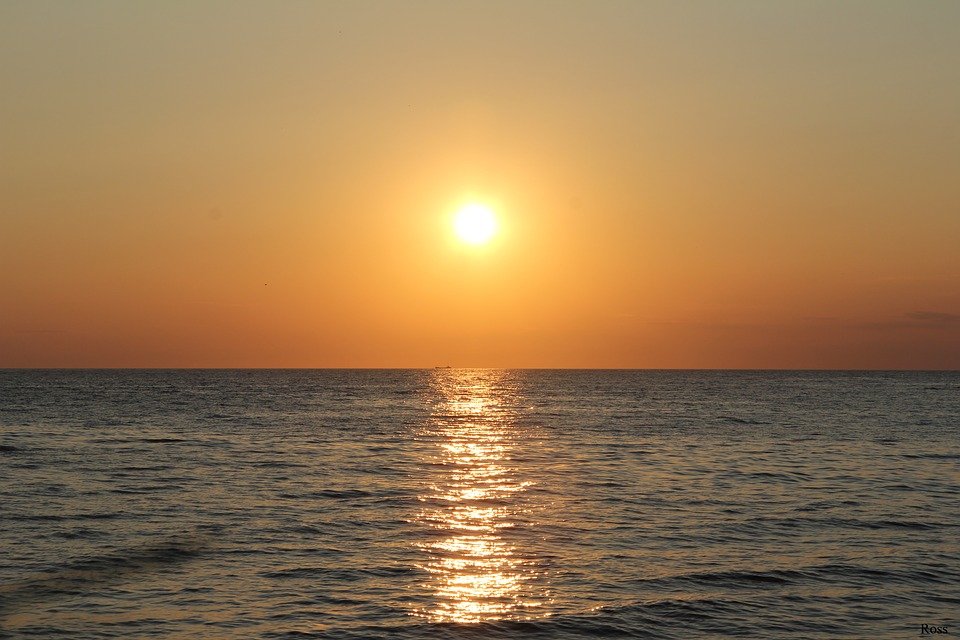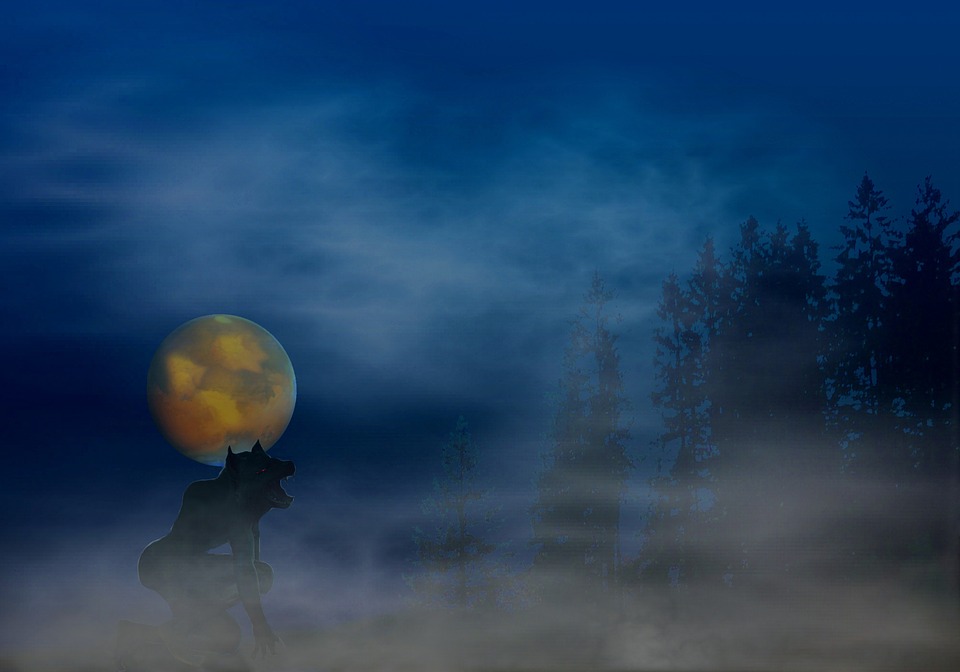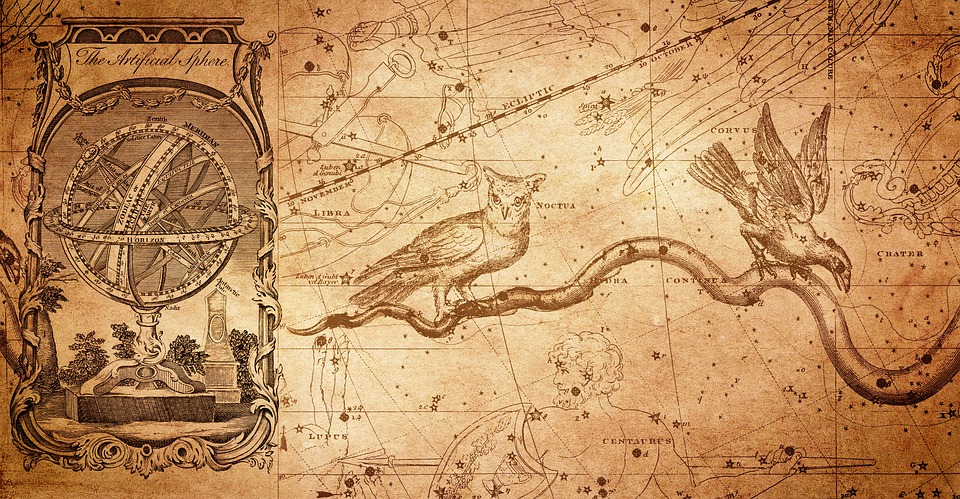On your journey in Meditation it is important to understand first that it will not be easy if you are truly trying to do it and do it right As we mentioned, the ego-conscious is not gonna go down without a fight. This is the reason for this page. Along the path you will encounter a “breaking down” of thoughts and changes in consciousness. Sometimes this is the hardest part to continue with. It was for me.
Tag: mentioned
Dangers to Meditation
By Bhikkhu Khantipalo
While the number of ways a meditator may go astray is legion, the few mentioned below deserve a special mention due to their common occurrence. First, a danger that cannot be stressed enough is the lack of right motivation for the practice of meditation. When the Eightfold Path is described, in its “wisdom” section, standing next to the (at first) intellectual right understanding, comes right motivation, thus emphasizing that the emotional roots underlying practice of the Way must be skillful ones: those connected with renunciation (non-greed), goodwill (non-hatred) and non-violence are mentioned. If one approaches Buddhist meditation with neither right understanding regarding dukkha and its cessation, nor with right motives, then one’s meditation is liable to seriously astray.
Continue reading “Dangers to Meditation”
Catoblepas
by Andrew Fowler
In some tales, the catoblepas was a creature that looked like a bull with scales. It was mentioned in a book by Gustave Flaubert, but it was first “sighted” by Pliny on a travel between Ethiopia and Egypt. He said that the locals called it “Catoblepas.”
If you appreciate the hard work put into building and maintaining this site, please support future improvements:
The Nine Sisters and the Axis Mundi
Alby Stone
According to the medieval Icelandic poet Snaebjorn, as quoted by Snorri Sturluson in the Skaldskaparmal section of his Prose Edda, ‘nine skerry-brides turn fast the most hostile island-box-mill out beyond the land’s edge’. This mill (eyludr) is cognate with mills mentioned or hinted at in other Icelandic texts – the poems Grottasongr and Vafthrudhnismal from the Poetic Edda; and Snorri’s own Gylfaginning – and closely related to the mill-like Sampo described in the Finnish traditions preserved in the Kalevala. These mills, sources of wealth and abundance, are cosmic structures; they are models of and metaphors for the world itself. The essential image is that of the rotary quern, comprising a flat, unmoving lower millstone and an upper stone revolved by turning a handle. The lower stone represents the earth as perceived by early cosmologists: a flat, immobile disc. The upper stone represents the sky, which is seen as revolving about the celestial axis in the far north. The imagery is extended by the English abbot lfric in his Homilies, composed in the last decade of the tenth century. He incorporates the paddles used to power early vertical water-mills, so that the earth and sky are augmented by the underworld, giving a tripartite division of the cosmos, in accordance with other, pagan cosmological patterns.




